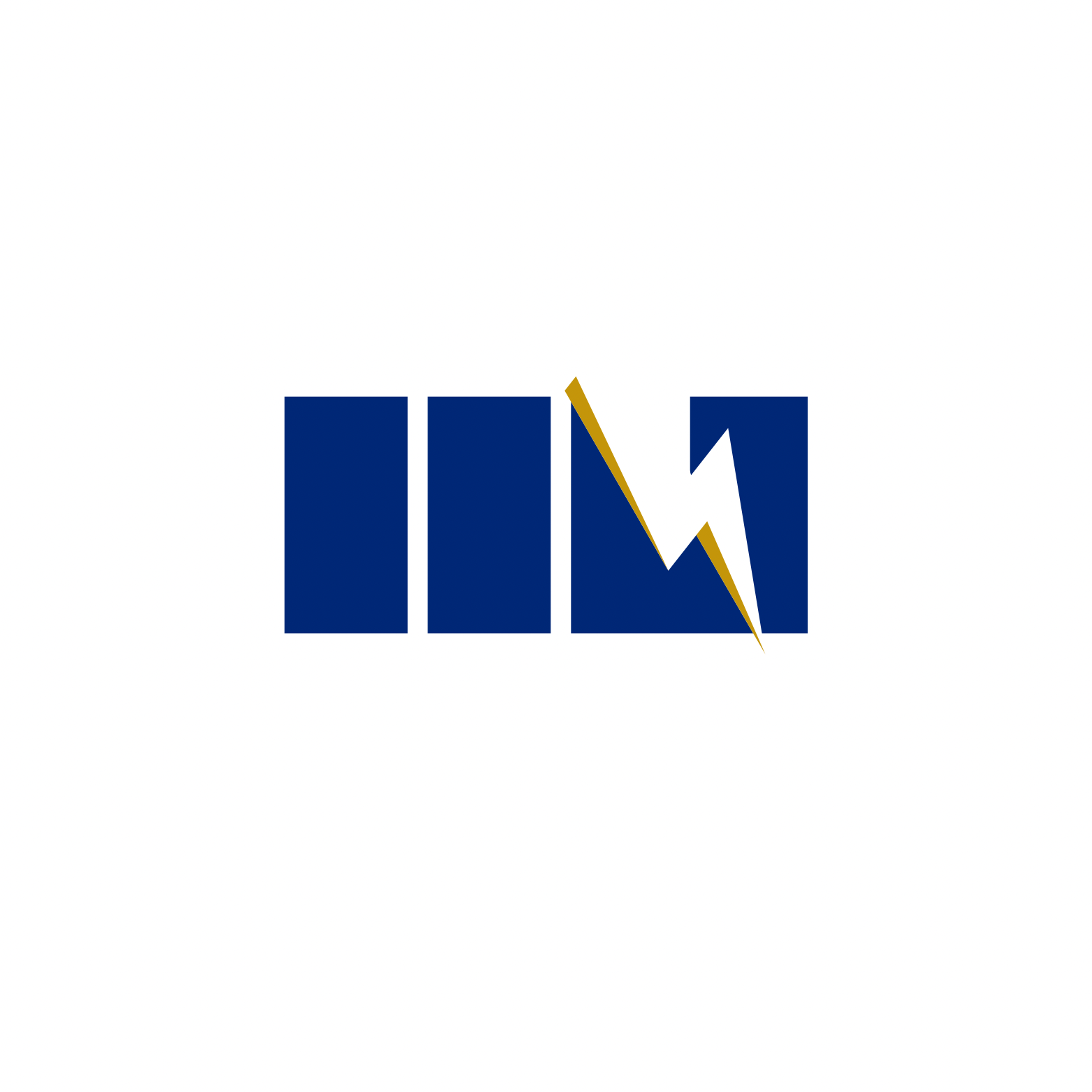Education: Bridging Tradition with Innovation

Education: Bridging Tradition with Innovation
Introduction:
Education has undergone a profound transformation, evolving from structured, teacher-led instruction to interactive, technology-driven learning. While traditional education emphasised discipline, memorisation, and standardised instruction, modern learning focuses on conceptual understanding, personalisation, and global accessibility. The question is not which approach is better, but how we can harmonise both for a future-ready education system.
The Strengths of Traditional Education
For decades, conventional education followed a rigid yet effective model, ensuring students developed perseverance, discipline, and strong foundational knowledge. It promoted:
• Rote Learning & Mastery – Repetition helped reinforce essential skills, particularly in mathematics and language.
• Teacher-Led Guidance – Face-to-face instruction built respect, accountability, and structured learning habits.
• Community & Collaboration – Classroom environments fostered peer interaction and teamwork.
However, while this approach built strong intellectual foundations, it often lacked flexibility, creativity, and adaptability to individual learning needs.
The Shift to Modern Learning
Education today is driven by technology, interactivity, and adaptability. The focus has shifted from memorisation to exploration, allowing students to actively engage with concepts rather than passively absorb information. Key advancements include:
• Conceptual Clarity & Hands-On Learning – Science kits, worksheets, and flashcards replace rote memorisation with practical, experiential education.
• Immersive Technology – AR/VR simulations bring subjects to life, enabling experiential learning beyond textbooks.
• AI & Personalised Learning – App-based platforms adapt content to individual strengths, enhancing engagement and retention.
• Borderless Knowledge – The internet and digital platforms provide access to global classrooms, breaking geographical barriers in education.
While modern education makes learning more engaging and accessible, concerns such as shorter attention spans and reduced human interaction cannot be ignored.
The Future: A Balanced Approach
• The future of education does not lie in choosing between traditional and modern methods but in integrating the best of both. A structured yet flexible approach—where the discipline of traditional methods meets the innovation of modern tools—will cultivate critical thinkers, problem solvers, and lifelong learners.
• Education must evolve, not replace—blending the depth of old wisdom with the dynamism of new-age learning to prepare future generations for a world that demands both knowledge and adaptability.
